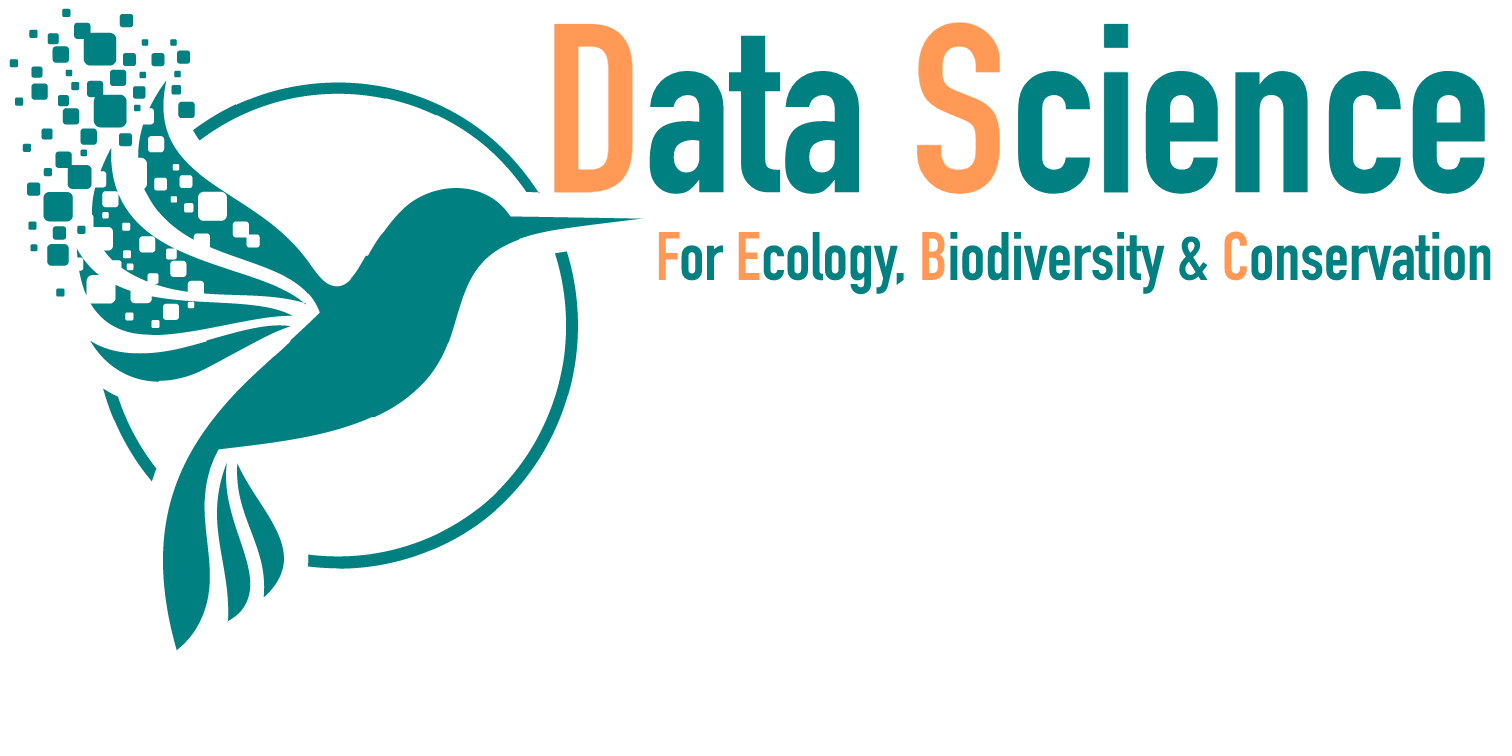


I am a community ecologist with a strong interest in data analysis and computational ecology. I use and develop tools and methods rooted in network theory to understand how different layers of information could contribute to the observed pattern of diversity.
I believe in a modern, open ecological science based on cooperation and the free use of data and methods.
Half Data Scientist Half Data Analyst, 100% ecologist!
Department of Ecological and Biological Sciences (DEB), Tuscia University of Viterbo, Italy.
email: bruno.bellisario@unitus.it
OrcID
Scholar
28 August 2025
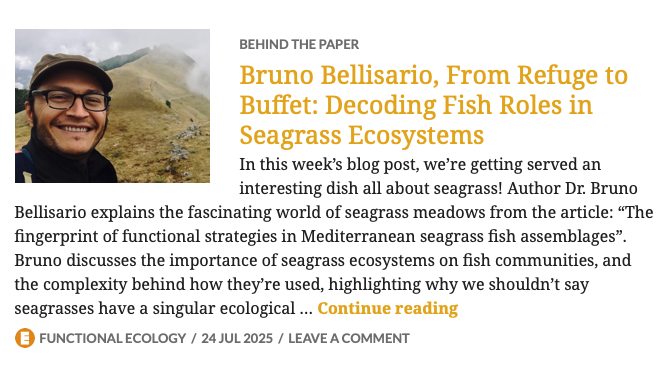
In this interview, I discuss the importance of seagrass ecosystems on fish communities, and the complexity behind how they’re used, highlighting why we shouldn’t say seagrasses have a singular ecological role!
Bellisario, B., Lattanzi, A., & Cimmaruta, R. (2025). The fingerprint of functional strategies in Mediterranean seagrass fish assemblages. Functional Ecology, 39, 1665–1677. https://doi.org/10.1111/1365-2435.70070
Data science is the art of programming code and combines it with statistical knowledge to create insights from data.
However, one of the biggest problem in data science is that it often replaces understanding of the mechanisms underlying a specific phenomenon we are studying.
Applying a tool is not the hardest part, but deciding which to apply based on specific hypotheses rooted in the deep knowledge of what we are managing surely it is.
That's why we need algorithmically-trained ecologists rather than ecologically-trained data scientists.
Focusing on a specific area doesn’t mean you can only do that one thing, but simply that you are best at doing it.
Networks are powerful tools for visualizing and analyzing complex relationships in ecological and evolutionary systems. They help uncover patterns of species associations, being real interactions (food webs) or shared environmental preferences (species co-occurrence networks), as well as shared traits, gene flow, or phylogenetic relationships. By representing systems as interconnected nodes and links, networks provide insights into the structure, stability, and function across scales, from genes to ecosystems.
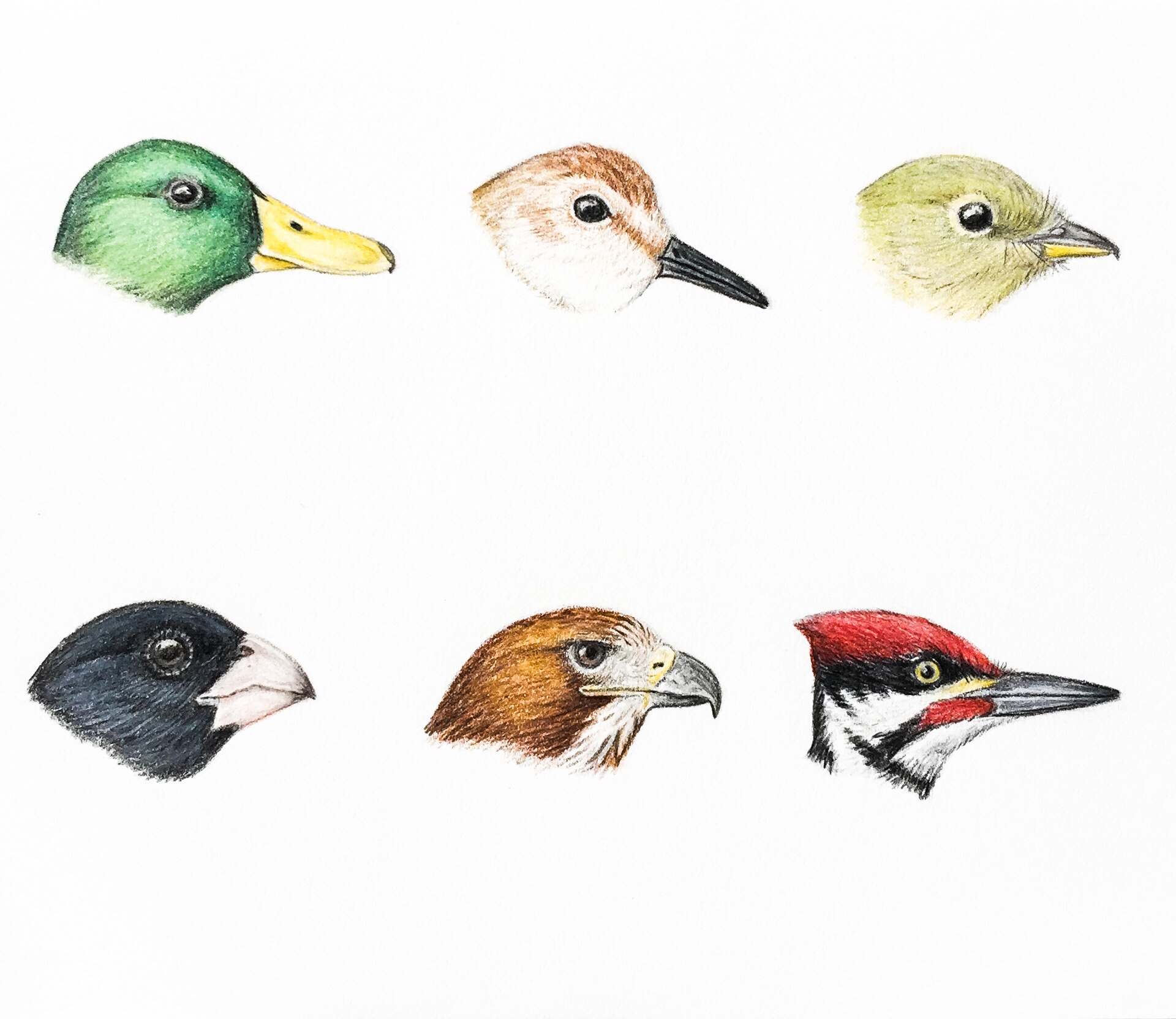
Functional ecology explores how the traits of organisms influence their performance, interactions, and roles within ecosystems, offering key insights for conservation and ecosystem management. I study forms and functions in birds and fish to understand the extent to which measurable characteristics—such as size, growth rate, or behavior—help explain how species respond to environmental change, contribute to ecosystem processes, and shape community dynamics.
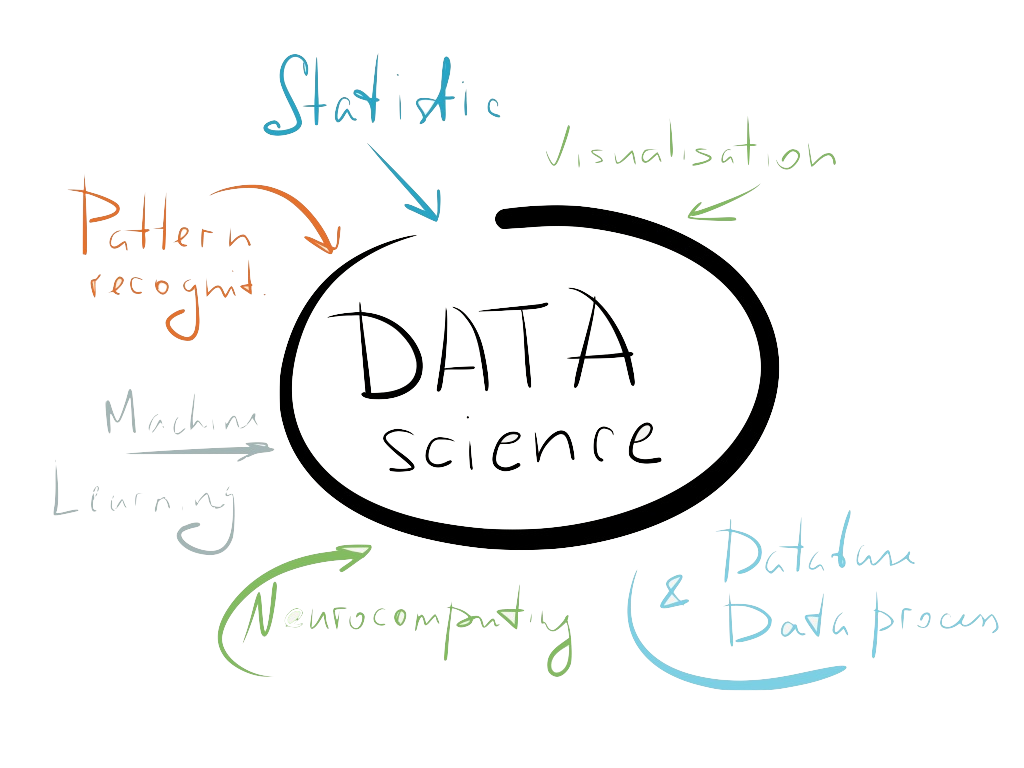
Data analysis is essential in ecology for uncovering patterns, testing hypotheses, and making informed decisions about biodiversity and ecosystem health. I use and develop statistical and computational tools to ecological data to model species distributions and understand patterns of complex ecological interactions.
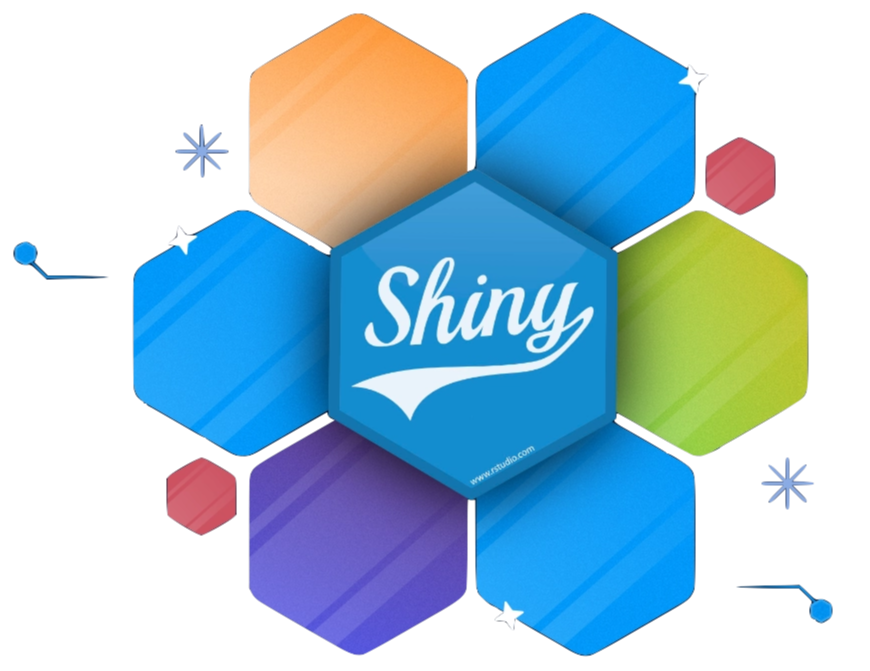
Interactive web apps are transforming how ecological data is explored, shared, and understood. These tools allow users to visualize complex datasets, run models, and test scenarios in real time—making ecological research more accessible and engaging. From biodiversity mapping to ecosystem monitoring, web apps enhance communication between scientists, policymakers, and the public, supporting data-driven decisions and collaborative conservation efforts. I use R and Shiny to create standalone web applications to disseminate the results of my research.
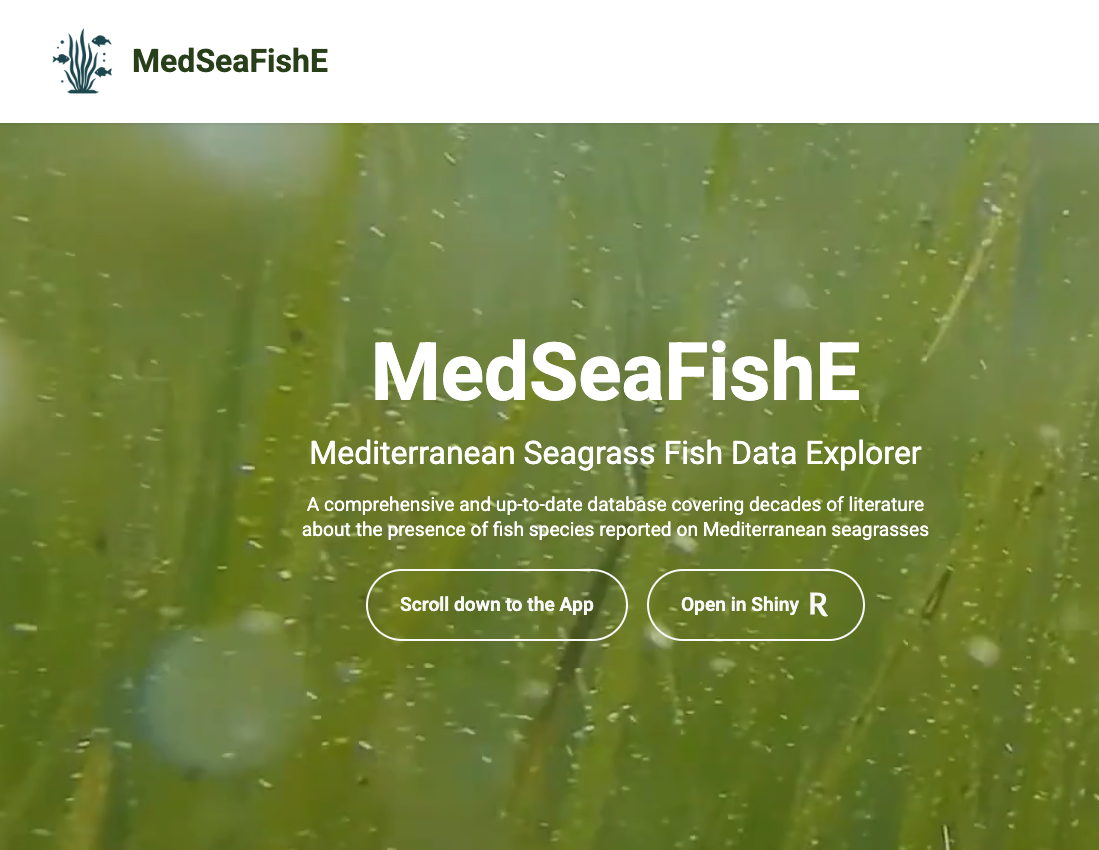
Navigate and download decades of literature about the presence of fish species reported on Mediterranean seagrasses.
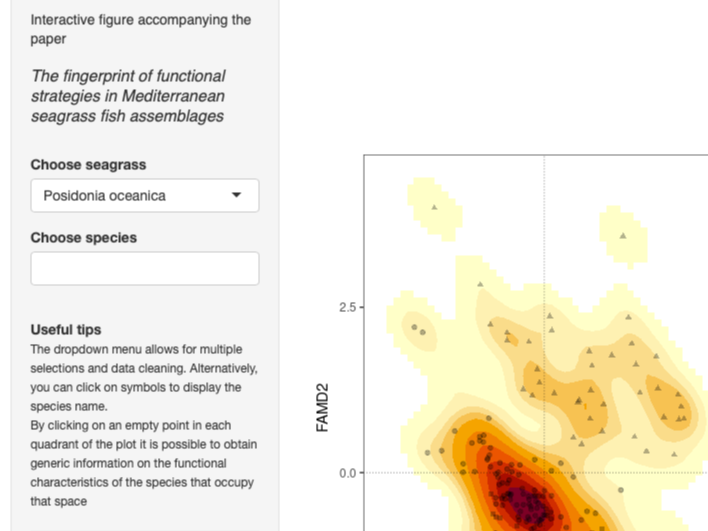
Interactive figure showing the functional space of fish fauna associated with three main seagrasses in the Mediterranean Sea.
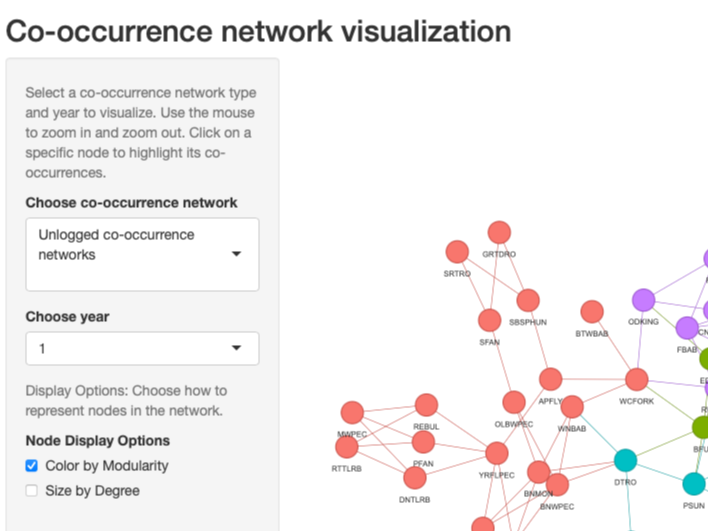
Co-occurrence network visualization of tropical birds in unlogged and logged forests of Borneo over the years.
Simonetta Mattiucci, Paolo Cipriani, Michela Paoletti, Valentina Nardi, Mario Santoro, Bruno Bellisario, Giuseppe Nascetti (2015)
Paolo Cipriani, Giorgio Smaldone, Virginia Acerra, Luisa D'Angelo, Aniello Anastasio, Bruno Bellisario et al. (2015)
Simonetta Mattiucci, Paolo Cipriani, Stephen C. Webb, Michela Paoletti, Federica Marcer, Bruno Bellisario, David I. Gibson, Giuseppe Nascetti (2014)
Offline Website Builder